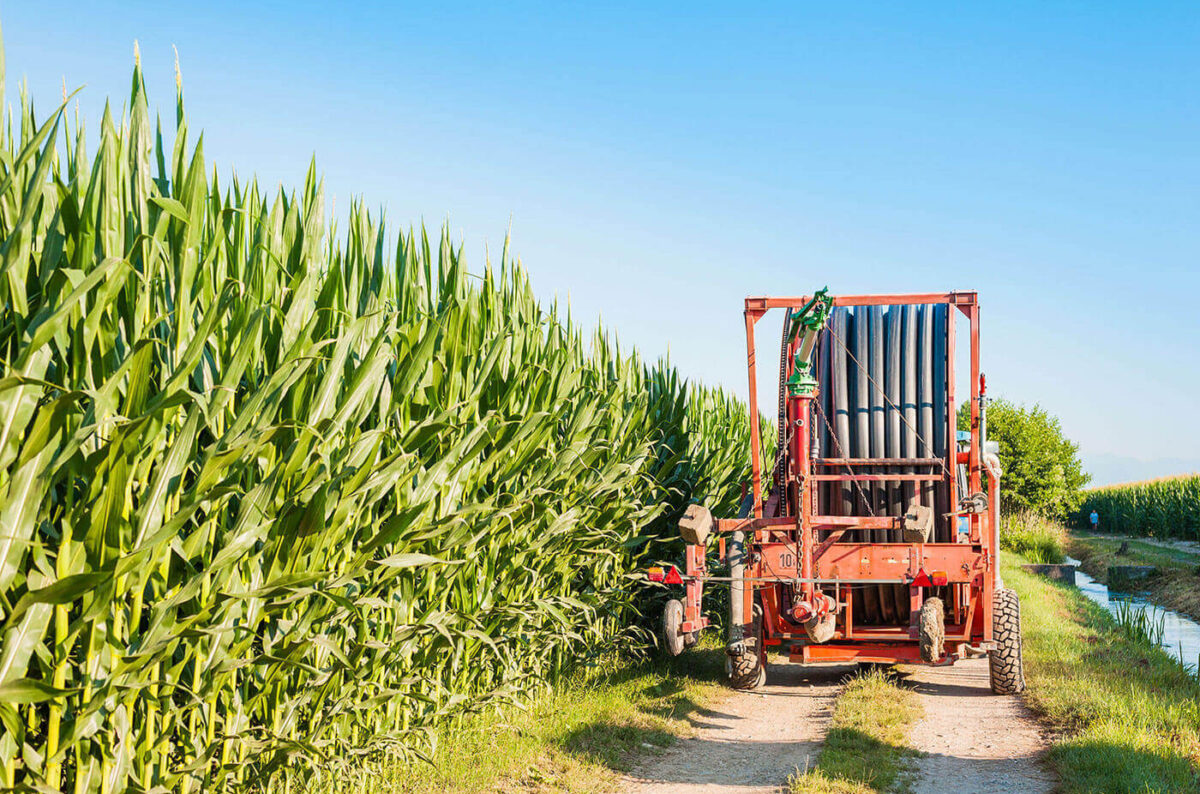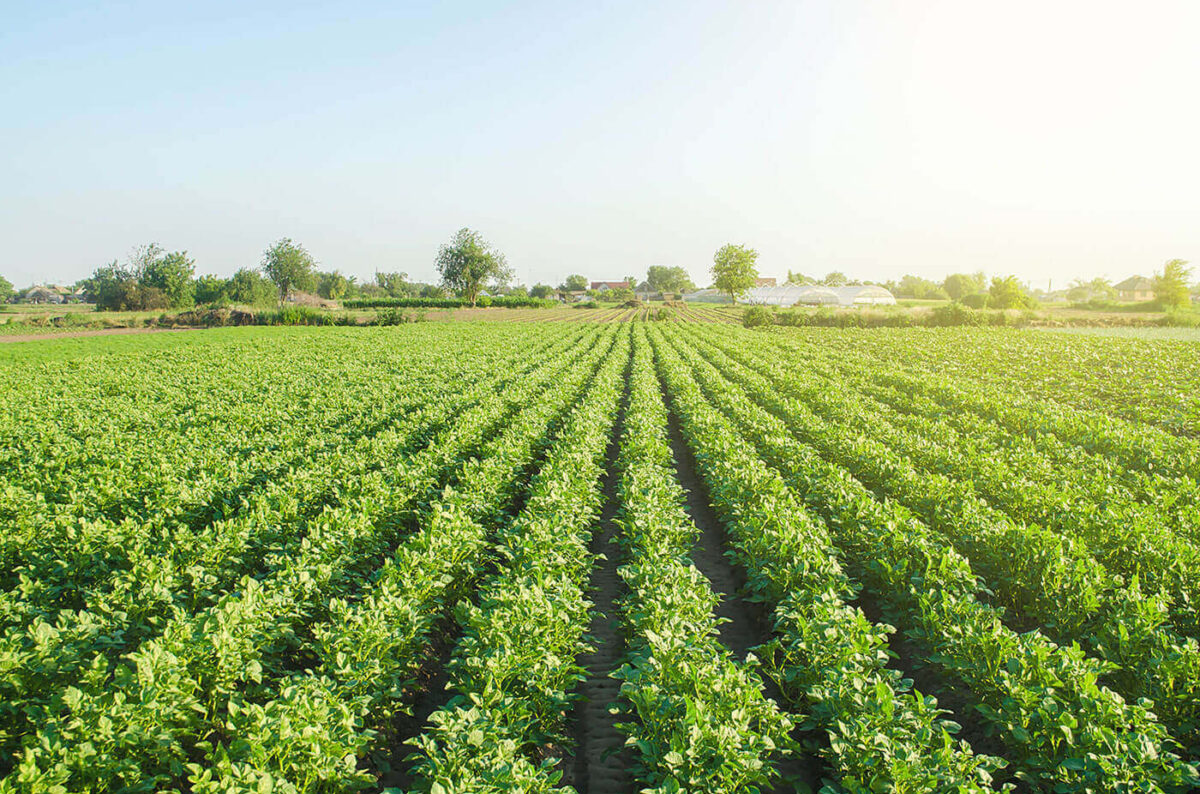
- Food Facts
- October 12, 2022
Grow Something Green! The Green Revolution on Your Plate
The plant-based movement has exploded in recent years, transforming our food systems and challenging our perceptions of what makes a satisfying meal. But amid discussions of meat alternatives and nutritional profiles, we sometimes overlook the most exciting aspect of this dietary shift: the incredible diversity of actual plants we can incorporate into our diets!
Rediscovering Plant Diversity
While meat substitutes receive much of the media attention, the heart of plant-based eating involves rediscovering the extraordinary variety of vegetables, fruits, grains, legumes, nuts, and seeds available to us. Many of us grew up with limited vegetable options—perhaps overcooked broccoli, canned corn, or iceberg lettuce—creating the misconception that plant foods are boring or bland.
The reality couldn’t be more different! Consider that:
- There are over 20,000 edible plant species on our planet
- The average supermarket carries fewer than 50 varieties
- Traditional food cultures worldwide utilize hundreds of local plant varieties
- Many nutritious vegetables and fruits remain unknown to Western consumers
Growing Your Own Green Revolution
One of the most rewarding ways to connect with plant-based eating is to grow some of your food yourself. Even with limited space, you can cultivate edible plants that transform your relationship with food:
Window Sill Wonders
Even without outdoor space, you can grow:
- Microgreens: Ready in 7-14 days, these seedlings pack more nutrition than their full-grown counterparts
- Herbs: Basil, cilantro, mint, and chives thrive indoors and instantly elevate meals
- Sprouts: Alfalfa, mung bean, and broccoli sprouts require no soil and are ready in days
- Scallions: Regrow from kitchen scraps in a glass of water
Container Garden Champions
With a balcony or patio, expand to:
- Cherry tomatoes: Compact varieties produce abundant fruit in containers
- Leafy greens: Kale, arugula, and spinach provide continuous harvests
- Peppers: Compact chile plants offer flavor and visual appeal
- Bush beans: Productive and decorative in large containers
Small-Space Garden Superstars
With a small yard, try:
- Vertical growing systems: Utilize fences and trellises for cucumbers, pole beans, and peas
- Square foot gardening: Maximize production in minimal space
- Edible landscaping: Replace ornamentals with attractive food plants
- Succession planting: Keep harvests coming throughout the growing season
The Unexpected Benefits of Growing Food Plants
People who cultivate food plants experience benefits beyond the harvest:
Nutritional Advantages
Home-grown produce offers:
- Higher nutrient content when harvested at peak ripeness
- Access to unusual varieties bred for flavor rather than shipping durability
- No pesticide residue (when grown organically)
- Minimal time between harvest and consumption, preserving nutritional value
Environmental Impact
Growing even some of your food:
- Reduces packaging waste
- Eliminates transportation emissions
- Creates habitat for beneficial insects
- Connects you directly to seasonal eating
Psychological Benefits
Research shows gardeners experience:
- Reduced stress levels
- Improved mood
- Greater physical activity
- Enhanced connection to nature
- Increased mindfulness
Culinary Inspiration
Growing food inspires:
- Creativity in the kitchen
- Appreciation for simple, fresh flavors
- Willingness to try new plant foods
- Pride in self-produced meals
From Garden to Plate: Maximizing Plant Potential
Whether store-bought or home-grown, plants deserve center-stage treatment in the kitchen. Here are strategies to highlight their natural goodness:
Let Vegetables Shine
- Roast at high temperatures to caramelize natural sugars
- Use proper knife skills for consistent cooking
- Season boldly with herbs, spices, and acid (lemon, vinegar)
- Don’t overcook—maintain texture and color
Embrace Global Plant Wisdom
Nearly every world cuisine offers plant-centered techniques:
- Mediterranean: Simple preparations highlighting natural flavors
- Asian: Quick high-heat cooking preserving texture and nutrition
- Indian: Complex spice blends transforming humble vegetables
- Latin American: Vibrant combinations of beans, grains, and vegetables
Build Flavor Through Technique
Professional chefs rely on methods that maximize plant flavor:
- Layering flavors through progressive cooking
- Creating umami with fermented ingredients
- Controlling texture through proper cooking methods
- Balancing sweet, sour, salty, bitter, and umami
Beyond The Plate: Plants as Environmental Heroes
Plants don’t just nourish our bodies—they heal our planet. Plant-based eating contributes to:
Climate Mitigation
- Reduced greenhouse gas emissions
- Lower water usage
- Decreased land requirements
- Less pollution from animal agriculture
Biodiversity Protection
- Less deforestation for livestock feed
- Reduced habitat destruction
- Opportunity for more diverse cropping systems
- Preservation of traditional plant varieties
Resource Efficiency
- Direct consumption of plants is inherently more efficient
- Less energy lost through trophic levels
- Reduced water pollution from animal waste
- More calories produced per acre of land
Starting Your Plant-Based Growing Journey
Whether you’re a seasoned plant-based eater or just beginning to explore this way of eating, growing something green connects you directly to the source of your food. Here’s how to start:
- Begin small: A single herb plant or container of salad greens builds confidence
- Choose what you love: Grow foods you’re excited to eat
- Learn the basics: Understand sunlight, water, and soil needs for your chosen plants
- Connect with community: Join garden groups, seed exchanges, or online forums
- Celebrate every harvest: Even a few home-grown herbs transform a meal
The Full Circle: From Soil to Plate to Soil
The beauty of plant-based living extends to the complete lifecycle of our food. Vegetable scraps can become compost, which nourishes the next generation of plants. This closed-loop system exemplifies sustainability in action—a small model of how our food systems could function at scale.
By growing something green, you don’t just add plants to your plant-based lifestyle—you become an active participant in the creation of your food, connecting with ancient human traditions while helping to forge a more sustainable future.
“To plant a garden is to believe in tomorrow.” — Audrey Hepburn














